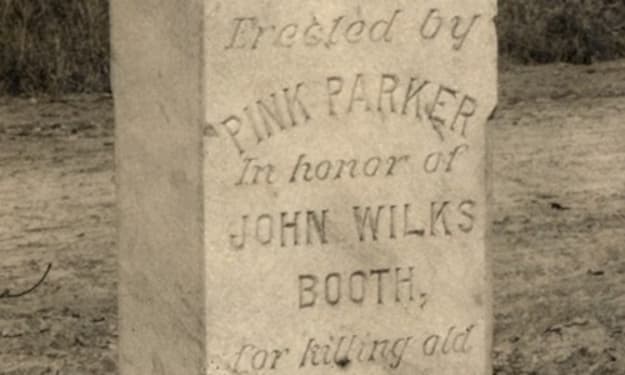The Golden Age of Pirates: Legends, Lore and Realities
Historic Curiosities

The Golden Age of Pirates has captured the imaginations of people for centuries, with stories of swashbuckling adventurers, buried treasure, and daring sea battles. But what is the truth behind these legends? Separating fact from fiction, we delve into the fascinating world of pirates during their heyday. In this article, we will explore the realities of the Golden Age of Pirates, examining the lives they led, their code of conduct, and the legacy they left behind.
Setting the Stage: The Era of Piracy
The Golden Age of Pirates is generally considered to have occurred from the late 17th century to the early 18th century. It was a time of political upheaval, colonial expansion, and maritime trade. Pirates took advantage of weak naval forces and lawless regions to prey upon merchant vessels and accumulate wealth through plunder.
Pirate Legends and Iconic Figures
Legendary pirates such as Blackbeard, Anne Bonny, and Calico Jack have become synonymous with the era. These figures, surrounded by myths and folklore, have been immortalized in books and movies. While their exploits and personalities may have been exaggerated over time, they represent the spirit of piracy and the challenges faced by those who sailed the high seas.
Pirate Life: A Brotherhood of Misfits
Contrary to popular belief, pirates were not a homogeneous group of ruthless criminals. They were often individuals seeking escape from oppressive conditions, including harsh discipline aboard naval vessels or impoverished lives ashore. Pirates offered a sense of camaraderie, democracy, and shared spoils, attracting a diverse range of sailors, both men, and, in some cases, women.
The Pirate Code: Order Amidst Chaos
Pirates adhered to a code of conduct that governed their actions and interactions while aboard their ships. This code, often agreed upon democratically, outlined rules for decision-making, distribution of booty, punishment for transgressions, and democratic leadership. The pirate code provided a sense of order and equality, distinguishing pirates from the authoritarianism of traditional naval vessels.
Pirate Havens: Establishing Safe Harbors
Pirates required safe havens to repair their ships, restock supplies, and enjoy their ill-gotten gains. These havens, such as Port Royal in Jamaica and Nassau in the Bahamas, were often places where pirates could mingle freely with locals and enjoy a semblance of normalcy. These pirate strongholds became centers of trade, commerce, and even limited governance.
Naval Responses and Pirate Hunters
Governments and naval powers sought to suppress piracy, as it disrupted maritime trade and threatened their colonial ambitions. Pirate hunters, privateers, and naval vessels were deployed to capture or eliminate pirates. Figures like Woodes Rogers and Henry Morgan were among those commissioned to bring an end to piracy in the Caribbean. Their efforts eventually contributed to the decline of the Golden Age of Pirates.
The End of an Era: The Suppression of Piracy
As governments increased their naval presence and strengthened laws against piracy, the era gradually came to an end. The successful campaigns against pirates in the Caribbean, the capture and execution of prominent pirates, and the growing control of the seas by naval powers led to a decline in pirate activities.
Pirate Legacies and Popular Culture
Despite their eventual downfall, pirates left an enduring legacy. Their tales of adventure and rebellion continue to captivate popular culture, inspiring numerous books, films, and even amusement park attractions. The romanticized image of pirates has become deeply ingrained in our collective imagination, immortalizing their exploits and perpetuating their legends.
The Golden Age of Pirates was a complex and multifaceted era that encompassed both the harsh realities of piracy and the romanticized legends that followed. While pirates were undeniably criminals, they were also products of their time, seeking freedom, fortune, and a sense of camaraderie. By exploring the realities of piracy and separating fact from fiction, we gain a deeper understanding of this fascinating period in history and the enduring allure of the pirate legend.
***
Thanks for your time and reading!
About the Creator
Agnes Hill
Student and history nerd who gets too bored during school lessons
Enjoyed the story? Support the Creator.
Subscribe for free to receive all their stories in your feed. You could also pledge your support or give them a one-off tip, letting them know you appreciate their work.






Comments
There are no comments for this story
Be the first to respond and start the conversation.